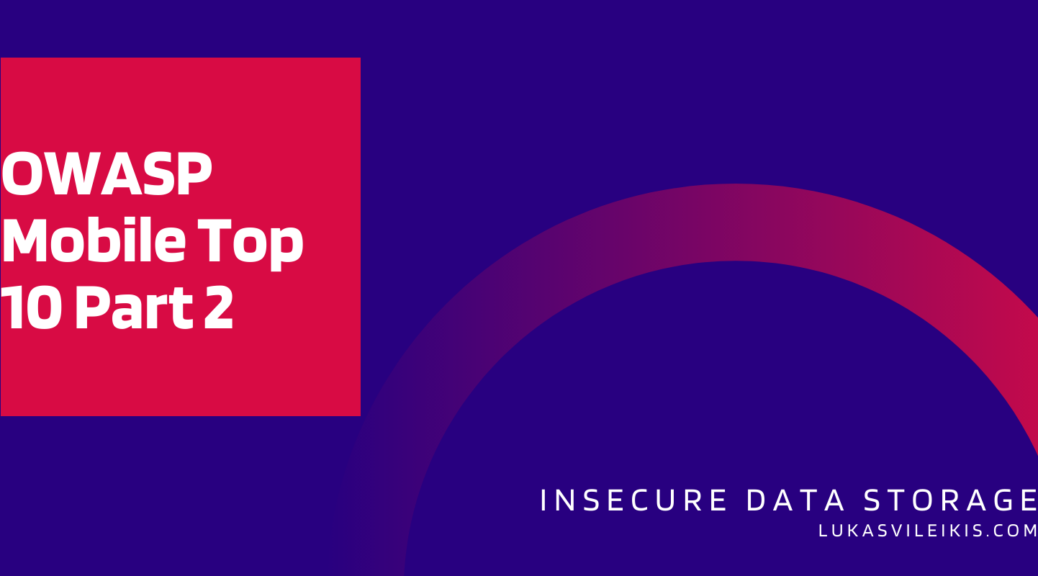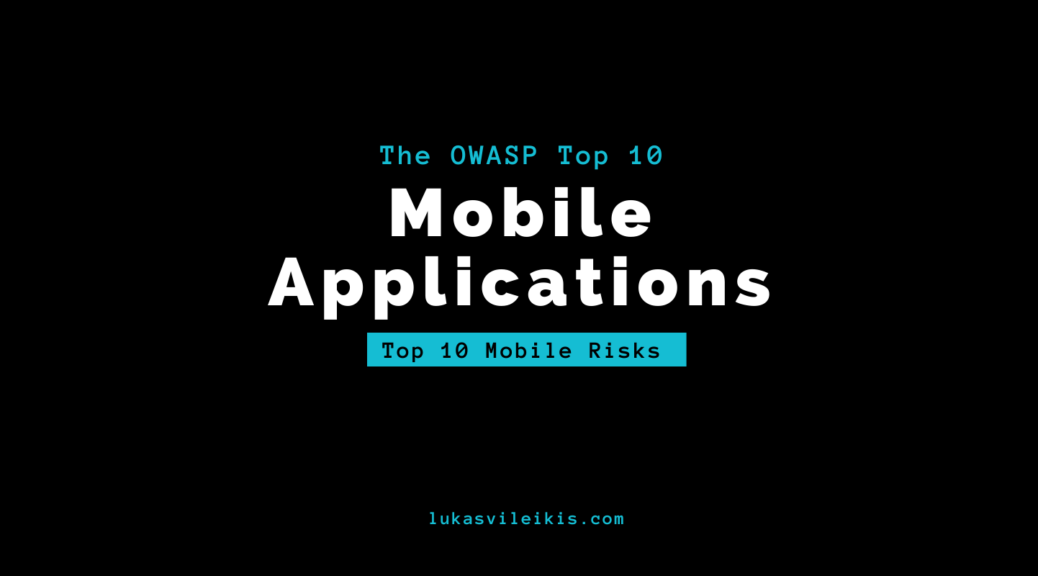OWASP Mobile Top 10 Part 2: Insecure Data Storage
Insecure data storage is the second vulnerability in the OWASP Mobile Top 10 list. Insecure data storage comes straight after improper platform usage – such an attack might occur after a malicious party has stolen a mobile device, gained control of a lost mobile device or simply managed to execute some kind of malware on the mobile device of a victim. What is Insecure Data Storage? Put simply, insecure data storage refers to, well, insecure storage of data that is…



